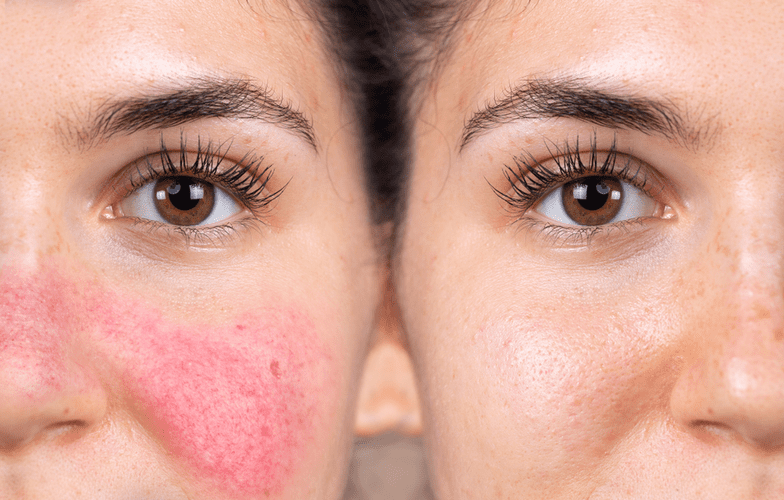Studies have shown that individuals with a family history of alcoholism are more likely to develop an alcohol use disorder themselves. While intermediate familial alcoholics are often able to maintain their jobs and relationships, their drinking habits can have a significant impact on their daily lives. They may experience frequent blackouts, which can lead to memory loss and other negative consequences.
On the other hand, this group is more likely to seek help than almost any other; 35% sought out some form of assistance in overcoming alcoholism. This group has the highest rate of seeking treatment from a private health care provider but also often choose self-help groups, specialty treatment programs, and detox programs. While most high-functioning alcoholics begin drinking at about 18, they don’t develop an addiction to alcohol until their late 30s. Approximately one-third have a family history of alcoholism, and about one-quarter have been diagnosed with major depression.
How Do People Become Alcoholics?
Despite one-and-a-half centuries of progress and a remarkable acceleration of interest in alcohol research in the past two decades, these critical issues continue to define the challenge as well as the promise of typology https://ecosoberhouse.com/ theory. About 66 percent of chronic severe alcoholics seek treatment for their alcohol dependence. This subtype has the highest attendance rate at self-help groups, specialty rehab, detox, and inpatient programs.
They have moderate rates of major depression (24%) and smoking cigarettes (43%), and low rates of anxiety disorders, other substance use disorders, and the lowest rates of having legal problems (fewer than 1%). They are also young (average age 26 years) and have the earliest age of onset of drinking (average is under 16 years old) and the earliest age of alcohol dependence (average of 18 years). Young antisocial alcoholics drank an average of 201 days in the last year, binge drinking (consuming five or more drinks) on an average of 80% of their drinking days. When they drink, their maximum number of drinks is 17, the highest of any subtype of alcoholic.
Intermediate Familial Subtype
Those who fall into lower income levels1 are also at increased risk of experiencing severe alcoholism. Young adult alcoholics are less likely to have3 co-occurring five types of alcoholics addictions and mental health disorders than other subtypes. Furthermore, individuals in this subtype have low rates of alcoholism within their families.

A recent study1 shows that 13.9% of the American population aged 18 and older experiences an alcohol use disorder — the clinical term for alcoholism — within a given year. While a significant proportion of the population experiences alcoholism, it does not look the same in every affected person. In fact, the National Institute on Alcohol Abuse and Alcoholism (NIAAA3) recognizes five distinct subtypes of alcoholics.
What Is Alcoholism?
While over 6% of the American adult population suffers from AUD, only about 10% of those who need help for alcohol abuse and addiction actually seek out professional treatment, according to the NIAAA . By better understanding the different types of alcoholics, treatment methods can be personalized to the individual, making them more desirable and effective for a healthy recovery. To manage their withdrawal symptoms and address any underlying health conditions, intensive medical treatment may be necessary for chronic severe alcoholics. In addition to medical treatment, behavioral therapies such as cognitive-behavioral therapy (CBT) and contingency management may help address the psychological aspects of alcohol dependence and promote abstinence. The Chronic Severe Subtype of alcoholism is considered the most severe and debilitating subtype.


